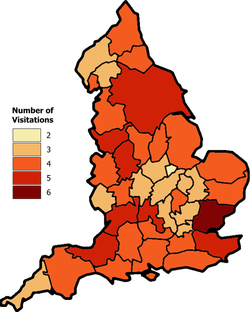The Herald 7

The King of Arms or his deputy would set up shop i n a local tavern or nobles home for a number of weeks and every noble man in the district who laid claim to a coat of arms had to produce proof of their noble status. A fee was paid to the herald by the noble and the pedigree, if approved, would be recorded in writing. If the noble man was found not to be up to standard he was required to sign a statement that he was not a gentleman and not allowed to bear a coat of arms. This would then be proclaimed throughout the district, bringing shame upon the family affected. In a very class conscious time this proved to be a very harsh fate.



